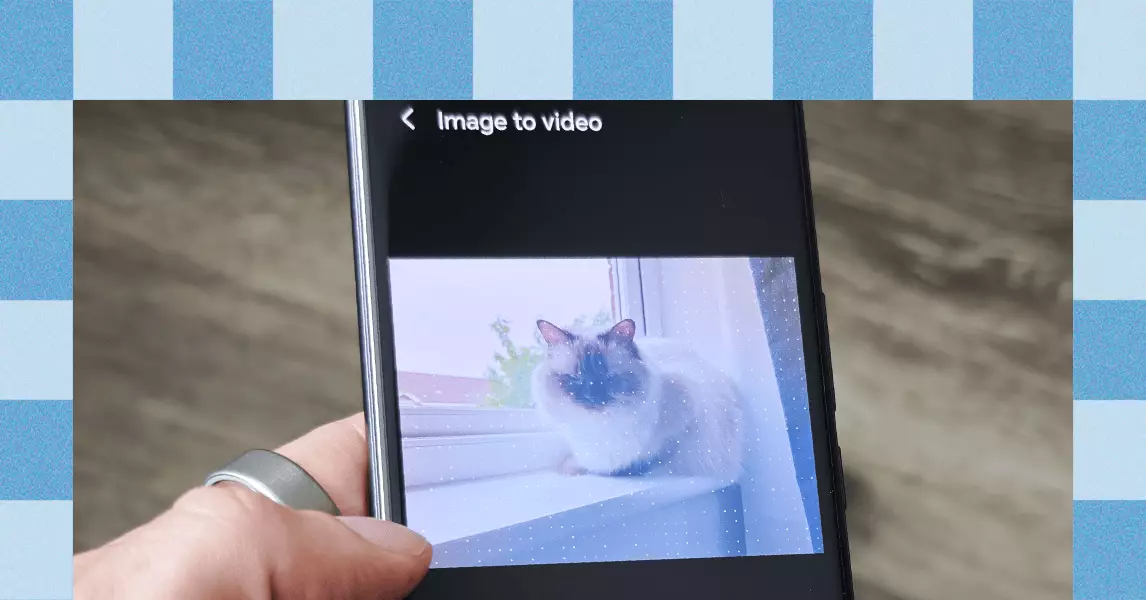In a tech landscape bustling with powerhouse flagship devices, midrange smartphones often get lost in the shuffle. However, the Honor 400 and 400 Pro are energizing that narrative by seamlessly integrating advanced AI technology into their platform. Though they remain elusive to consumers in the United States, these devices offer a tantalizing glimpse into the future of mobile photography through the incorporation of Google’s groundbreaking image-to-video AI generator, derived from its Veo 2 model. This integration underscores a significant shift in the ways we can manipulate and animate our memories, allowing users to transform static images into brief moving snippets with a mere flick.
Transforming Memories: The Process Unwrapped
With the straightforward functionality embedded within the Honor Gallery app, bringing still photos to life becomes a delightful yet eerie experience. Users can effortlessly navigate to the “Create” tab, choose the desired photo, and decide between a portrait or landscape format before initiating the animation process. The inherent possibilities of this feature spark creativity, allowing individuals to select from a range of cherished memories, be it a vacation snapshot, a serene landscape, or a candid family moment. Yet, therein lies an irony: although the process is effortless, users surrender creative control to an unpredictable AI. The outcomes can oscillate dramatically, revealing either delightful surprises or startling anomalies that border on the bizarre.
Creative Freedom or Eerie Realism?
As I dove into creating animated sequences, the initial thrill soon morphed into a blend of curiosity and unease. Traditional photography has always been open to manipulation—think filters, retouching, and color enhancements. But to animate a still image raises essential questions about authenticity and representation. During test runs with photos of my loved ones, I found the AI’s renditions often entered the uncanny valley territory. The blend of familiarity and strangeness left me pondering the implications of AI-generated content. For instance, while one video may play back a smile, another could generate offbeat facial tics. The disparity challenges the viewer’s perception of normalcy and could easily turn intimate moments into disconcerting displays.
The Hit or Miss Nature of AI Interpretations
Moreover, the limitations of this innovative technology are glaring. There’s no opportunity for user input beyond the choice of a photo, leaving the ensuing animations wholly reliant on the algorithm’s interpretation. One’s creativity is confined within the parameters set by artificial intelligence. As I animated various images—broad smiles turned into peculiar facial expressions, and subtle gestures devolved into glitchy movements—I couldn’t help but evaluate the dichotomy of enchantment and discomfort that this technology evokes. The AI’s attempts are sometimes impressively realistic, while at other moments they feel jarring and alien, producing results that inspire both fascinated admiration and cringe-inducing awkwardness.
The Honor 400 and 400 Pro exemplify how AI can revolutionize photography and storytelling, but they also encapsulate the underlying existential dilemmas inherent in this technology. As creators and consumers of visual media, we must navigate the fine line between innovation and authenticity, evaluating what it means to preserve memory in this age of digital fabrication.

